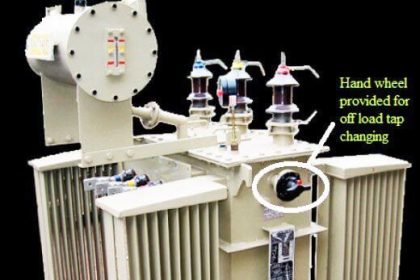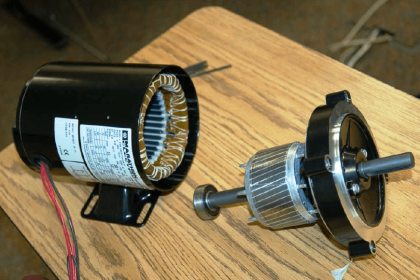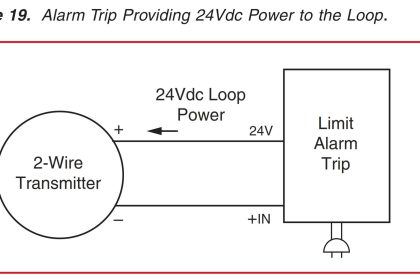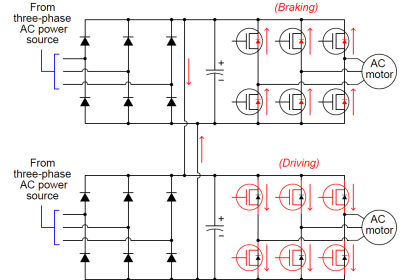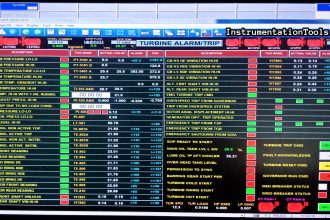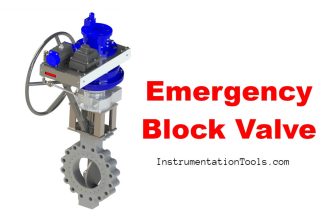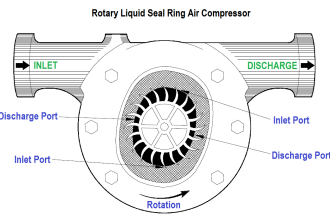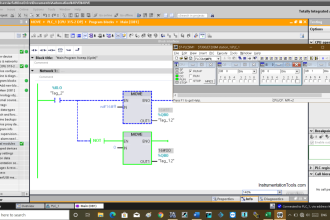For industrial squirrel cage induction motors are used mostly for the motor and drive systems applications. Synchronous motors are very rarely used below 40kW output because of the higher cost compared to induction motors. In addition to the higher initial cost synchronous motors needs dc excitation source and starting and control devices are usually more expensive.
However for particular output range and speed high initial cost of synchronous motor varnishes are economical compared to induction motor. Where applications involve high kW output and low speed synchronous motors are economical compared to induction motors.
The various classes of service for which synchronous motors are employed may be classified as:
- Power factor correction
- Voltage regulation
- Constant speed constant load drives
Applications:
- Synchronous motors are used in generating stations and in substations connected to the busbars to improve the power factor. For this purpose they are run without mechanical load on them and in over-excited condition. These machines when over excited delivers the reactive power to grid and helps to improve the power factor of the system. The reactive power delivered by the synchronous motors can be adjusted by varying the field excitation of the motor. These motors used for power factor correction applications can also be termed as “synchronous condensers”. Advantage of synchronous condensers compared to shunt capacitors is that shunt capacitors generate constant reactive power whereas on the other hand synchronous condensers can able to deliver different reactive power levels by varying the excitation of machine.
- Because of the higher efficiency compared to induction motors they can be employed for loads which require constant speeds. Some of the typical applications of high speed synchronous motors are such drives as fans, blowers, dc generators, line shafts, centrifugal pumps, compressors, reciprocating pumps, rubber and paper mills
- Synchronous motors are used to regulate the voltage at the end of transmission lines
- In textile and paper industries synchronous motors are employed to attain wide range of speeds with variable frequency drive system
